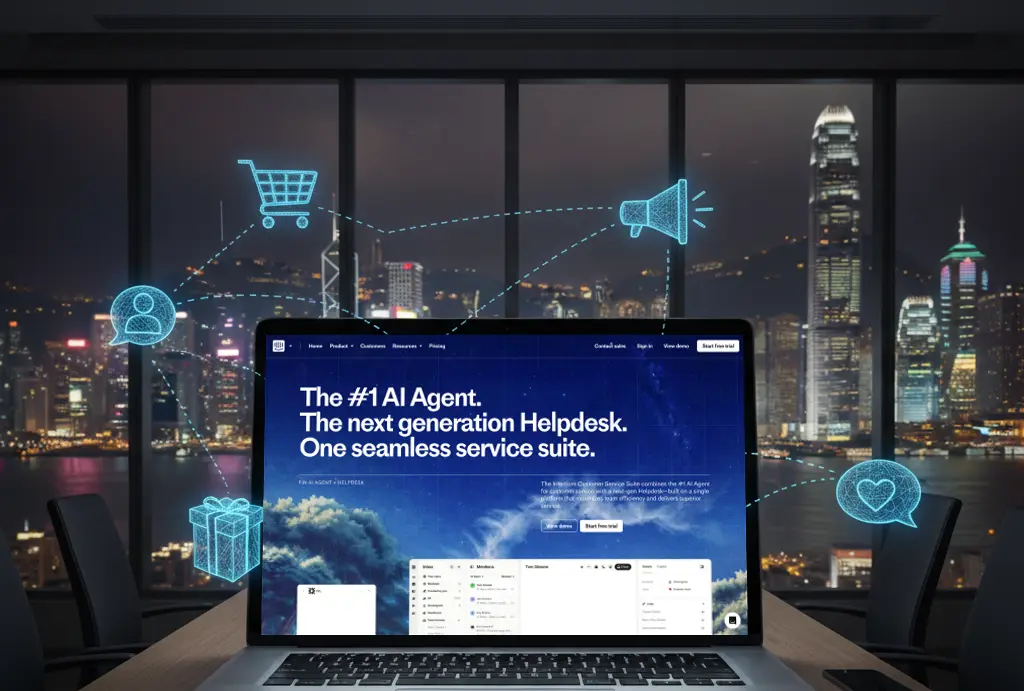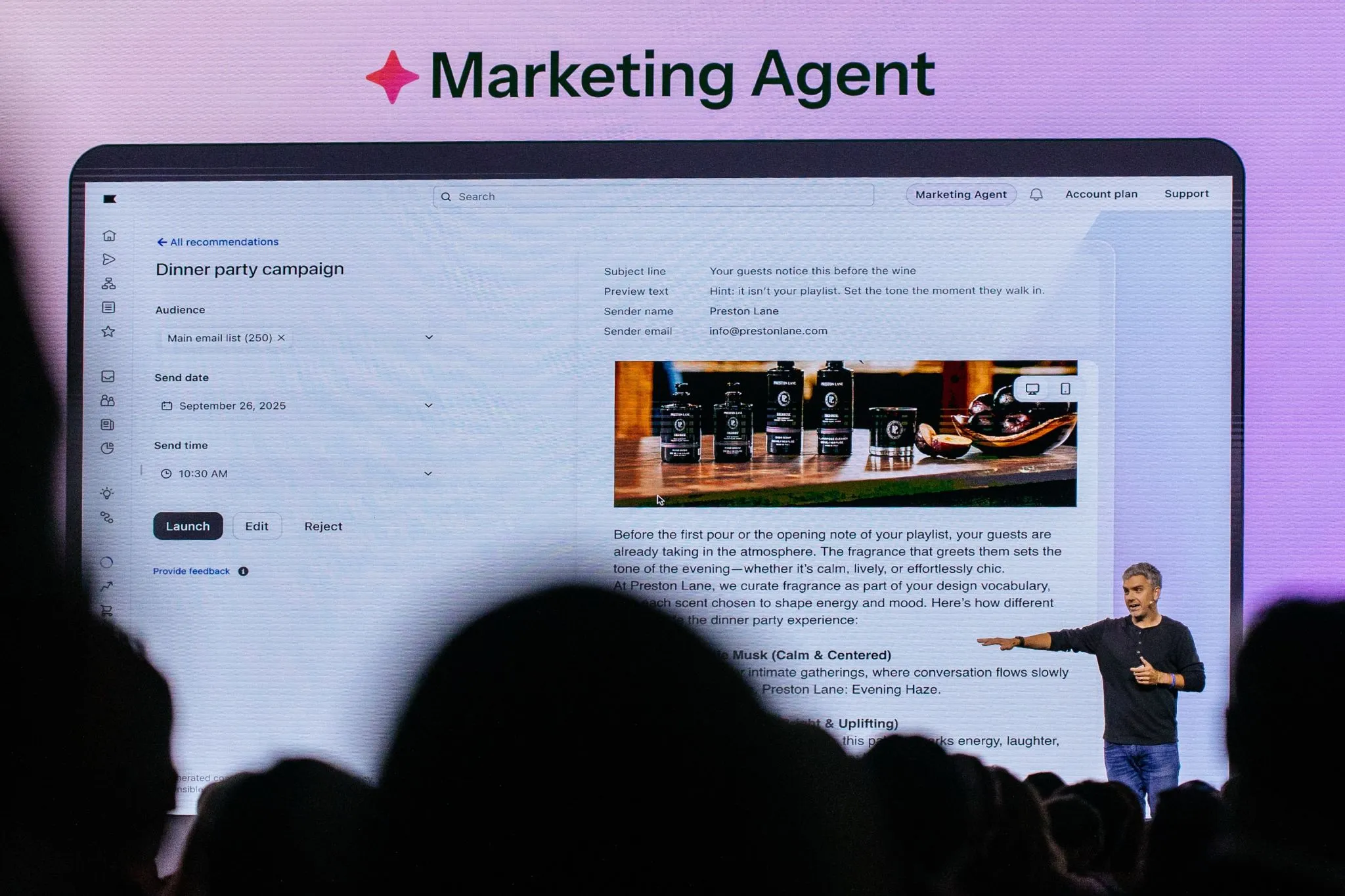BLOG
Shopify Webinar: How to Sell Shopify To Your Clients with Wave Commerce
Tips and cases for Shopify partners, agencies, developers, and freelancers on how to share benefits with brands and potential clients for global and local online sales.

Addressing Client Considerations for Reliable Ecommerce Solutions

To start, Frankie gave a survey of the retail landscape, the Shopify platform and value propositions, common misconceptions and objections to Shopify.
Frankie began by explaining that the online retail revolution is served by a variety of platforms. Each platform has different approaches depending on their target audience, ranging from lightweight CMS solutions such as Wix or Squarespace that are easy to setup to custom solutions like Magento or Drupal that may be costly to maintain. While Frankie is open to the thought that Shopify may not serve every need, he highlights that Shopify offers, in addition to its online storefront, iOS and Android SDKs, integrations to other platforms like Wordpress with a Buy Button, and regional ecommerce platform integrations such as Rakuten for Asia. Next, Frankie gave concrete value propositions that can help frame conversations with potential clients:
- Ease of use for users (no technical requirements), and a 24/7 support network, and educational content
- Extensive levels of code-level customization
- Easy integration to key ecommerce sales channels, such as Amazon and Pinterest
- Enterprise-level security and platform reliability
- 2000+ apps with additional Shopify apps and open APIs
- 22,000 global partner ecosystem that ranges from freelancers to 200-person agencies

To address enterprise client needs early on, Frankie also mentioned that Shopify has documentation on risk controls and servers to help service providers in their discussions. In addition, Frankie addressed the common misconceptions about the platform that solutions providers can address:
- Templated and not customizable: front-end customizable, 100+ themes to choose from to enhance the frontend, alternating between the “Drag-and-Drop” theme editor and custom code
- Shopify is for small businesses: used by presidential candidates, government agencies, Fortune 500 companies, and consumer brands such as Nestle and Pepsi
- Scalability concerns: 1,000,000 merchants with 30,000 checkouts per minute, Level 1 PCI DSS compliance, and unlimited bandwidth and transactions
- Cannot support enterprise tools: comprehensive APIs for all commerce functions and allows customers to create custom integrations. Can integrate with Celigo, Zapier, Netsuite, Salesforce, Zendesk, and more.
Offering a Quick-Setup Enterprise-Grade Solution to Sell Globally or Locally

In part two of the webinar, Rolland, co-founder of Wave Commerce, shared the company’s business growth developing on the Shopify ecosystem. Coming from an enterprise background, Rolland noted that selling Shopify enabled Wave Commerce to offer enterprise-grade capabilities that could be setup quickly, which led to fast sales cycles that finished in months.
Addressing common topics with clients
Rolland also shared that many clients will have questions that agencies should be prepared to address. For example, he emphasized the need to educate clients on the difference between Shopify cloud and non-cloud solutions, considerations for selling globally and locally, designing an efficient ecommerce business process around an online store, and technical deep dives where appropriate. Clear communication allows potential clients to appreciate how Shopify’s platform can enable larger brands to integrate an online storefront with existing systems, while also helping emerging brands set up quickly on their own to sell globally.
Rolland shared two case studies: selling globally from day one for Hong Kong-based Bombol, and local retail that integrated with offline operations for Imperial Patisserie 皇玥餅藝.

For Bombol, Shopify’s mobile-responsive themes and features enabled the brand to tell the product story to global shoppers. For example, shoppers could rotate a 3D version of Bombol’s award-winning booster chair. In addition, Bombol was also able to design a tailored solution to meet their unique purchase and order fulfillment needs for global and North American shoppers.

In contrast, Imperial Patisserie has physical retail stores in Hong Kong and needed an expert to adapt what they felt was a North American solution for local shopping preferences, including Chinese-language support and local payment solutions. Shopify was also able to support their offering an online voucher with an offline pickup, as well as support Netsuite integrations.
Rolland also highlighted that Wave Commerce was able to provide broad ecommerce value to clients by providing Shopify Expert store-building services, ecommerce apps and custom client integrations, and digital marketing services to drive traffic and conversions. Rolland concluded his sharing session by outlining how Shopify’s year-on-year feature developments enabled agencies as well as online merchants to develop better ecommerce experiences, such as introducing sales channel SDKs for Facebook, Amazon and other platforms, multi-currency support on Shopify Payments, and Shopify Flow for high-volume sales to name a few.
Answering Q&A from Participants

The final segment of the webinar included answering questions from the audience. One audience member asked about local pickup options for Hong Kong, which Wave Commerce offers via the Shopify app HK Pickup Options (with English and Chinese language support). Another attendee asked about working with local payment options that are supported on Shopify, and you can find out more in our piece “Shopify Payments in Hong Kong”.
Attendees also asked questions about platform competitors, Shopify Plus volume in Asia, and whether there were profitable margins developing with Shopify. Frankie shared that since it’s introduction, Shopify Plus is used by over 7000 companies globally and that Shopify Plus adoption comes after regional consumer brands become familiar with the platform’s security and capabilities to migrate from their existing solutions.
Finally Frankie highlighted that businesses can be profitable through the Shopify platform by developing Shopify Apps, becoming a Shopify Expert and trusted agency, as well as an affiliate. Successful referrals from affiliate links will mean a payout to the referral source, whether that is an agency or even freelancer.
Next Steps

We believe that the recent Covid19 pandemic has accelerated the adoption of online stores as a way for brands to do D2C retail. As an engineering-led company, Wave Commerce has appreciated Shopify’s technical infrastructure (such as the Shopify APIs), vibrant partner community and global App Store that enabled our team to build useful ecommerce solutions from Asia early on. Wave Commerce’s first ecommerce app, S Loyalty, has installs from 100+ countries and this global-from-day-one opportunity has fuelled Wave Commerce’s increasing expertise and business opportunities.
During the Covid19 pandemic, Shopify is currently offering a 90-day free trial of its platform. We encourage brands considering the use of Shopify to create a store to explore its capabilities.
If you would like to learn more about how Shopify can serve the Hong Kong market, you can also download our free Shopify Guide for Hong Kong, which will walk you through key considerations including store themes, Chinese language support, uploading products, choosing payment gateways, and setting up delivery.




